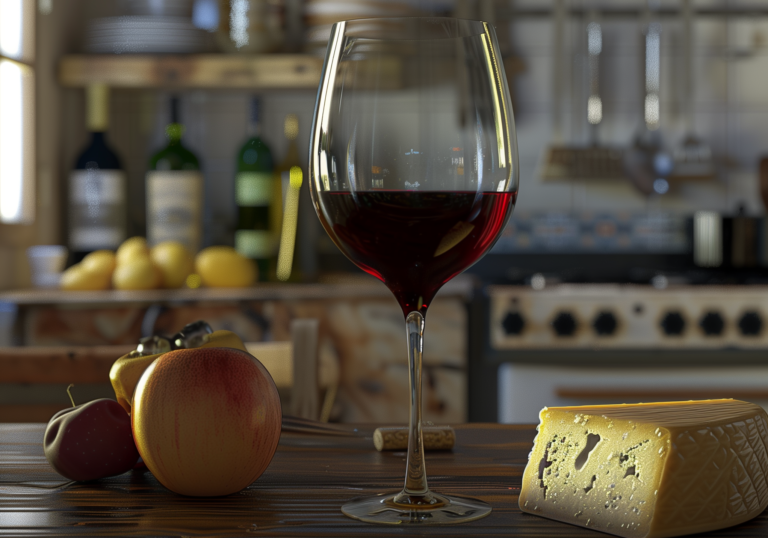Tannins vs. Acidity in Wines
One of the things I get asked about most when it comes to wine tasting is: “How…

One of the things I get asked about most when it comes to wine
tasting is: “How do I tell the difference between tannins and acidity?” And why do they matter?
In this post, I will explain what tannins and acidity are, why they
matter, and how to tell the difference between them so you can determine which
wines you like best.
What are Tannins?
Tannins are naturally occurring
compounds found in grape skins, seeds, and stems, as well as in oak barrels
used for aging wine. Besides wine, tannins are actually found in many different
plants and foods- coffee, tea, legume seeds, cereals, nuts and many green
vegetables. Tannins are usually
found in the bark of trees, wood, leaves, buds, stems, fruits,
seeds, and roots of plants that produce them.
How to Identify Tannins:
Tannins create a dry, puckering sensation in your mouth. They can also be described
as bitter or astringent.
What is Acidity?
Acidity also occurs naturally in wine grapes. Whether
acidity is present in a wine is determined by a lot of factors, including: the
type of grape, the growing conditions, and whether the winemaker decides to add
additional acidity artificially. While acidity is mostly associated with white
wines, it is also present in red wines.
In fact, having high acidity is one of the main determinants of whether
a red wine is ageable.
How to Identify Acidity: Acidity can be described as a tart or sour taste or a tangy sensation that makes your mouth water.
How to Tell the Difference Between Tannins and Acidity
Simply put- tannins and acidity have
opposite effects on your mouth: tannins make your mouth feel dry, while acidity
makes your mouth water.
The best way to compare the difference
is to taste them side by side. Taste a high tannin red wine like a young
Cabernet Sauvignon vs. a high acid white wine like a Sauvignon Blanc.
Pay attention to where you feel the
sensation in your mouth. Tannins tend to dry out the front of your mouth, while
acidity is more focused on the sides and back. Think about the texture of the
wine. Tannic wines often feel more “gritty” or “rough” in
your mouth, while acidic wines are smoother and more “juicy.”
How Food Interacts with Tannin and
Acidity
The reason why you hear so much about
food and wine pairing is that if you pair a wine with a food that does not
complement it, then you could have a negative perception of both the food and
the wine. Whereas if you pair wine and food in a complementary way then you
will enjoy both much more.
A general rule of thumb is: Tannins
can help to cut through the fat in foods, while acidity can help to balance out
the sweetness of foods. So, for example, a red wine with high tannins would be
a good choice for a dish with a lot of fat, such as a steak. A white wine with
high acidity would be a good choice for a dish with a lot of sweetness, such as
a dessert.
The Role of Tannins and Acidity in
Aging Wine
As I mentioned earlier in the article, Tannins and acidity
play a vital role in the aging potential of wines. Tannins act as a natural
preservative, allowing red wines to age gracefully over time. Acidity,
particularly in white wines, helps maintain freshness and prevents premature
oxidation. Understanding the aging potential of a wine can guide your selection
and storage decisions.
Conclusion
There is a lot more that goes into tannins and acidity, but hopefully this brief explanation will help you pick out which wines you like the most. As always, Drink What You Love! Salute!




